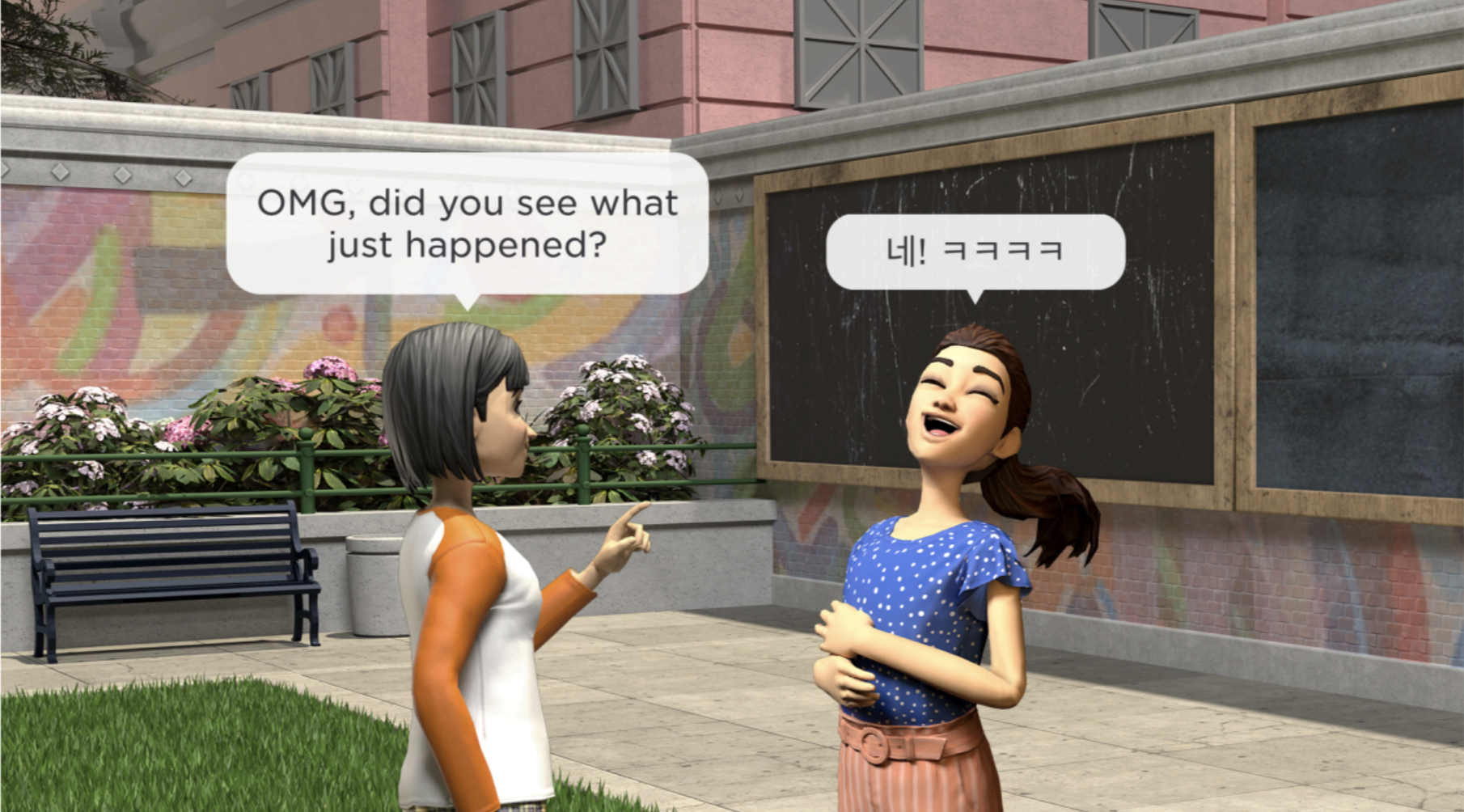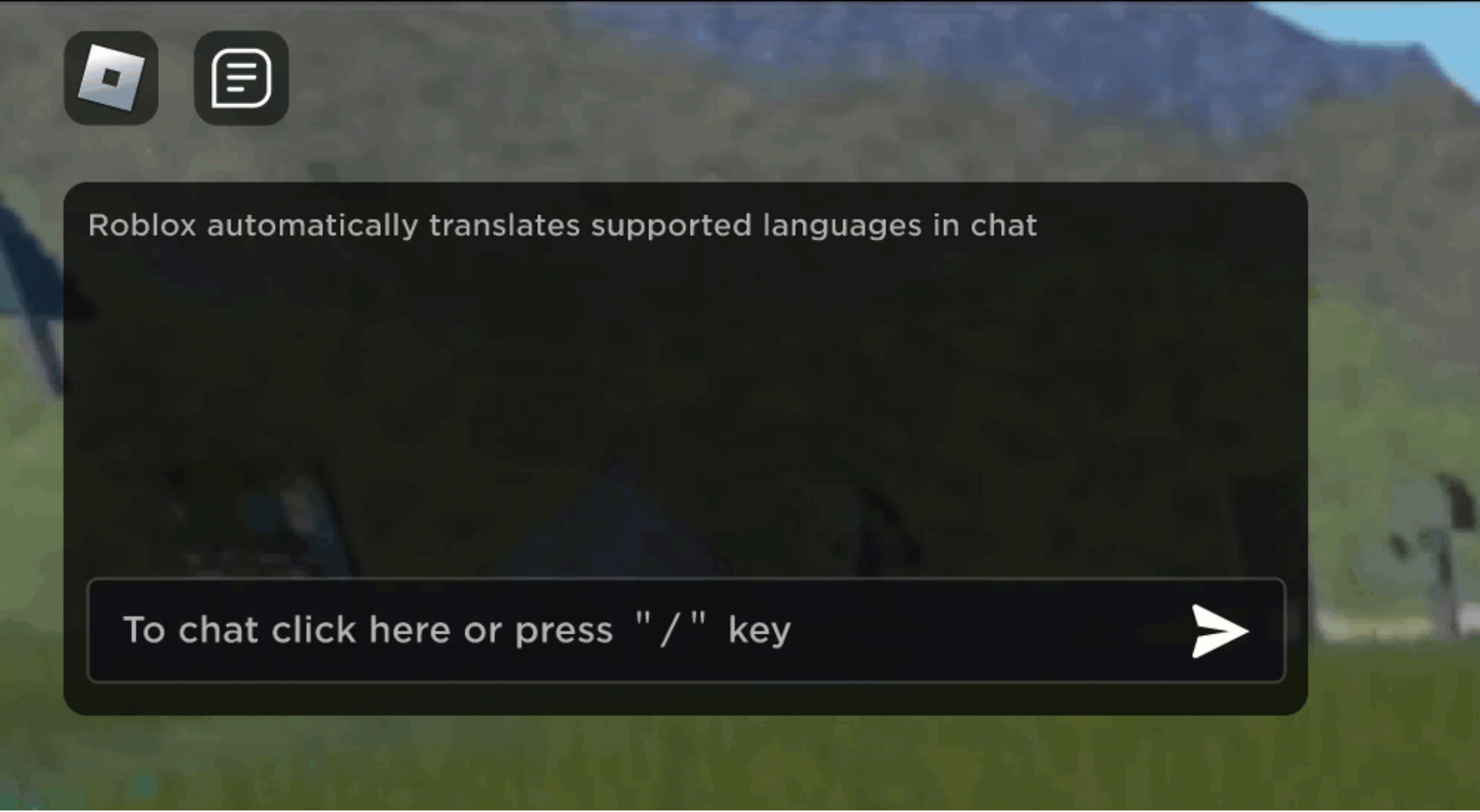Roblox rolls out real-time AI translation for all users — is this the start of true global multiplayer?
Works in 16 languages

Metaverse platform Roblox is bringing a new AI translation tool online for its millions of users around the world, making it easier to communicate regardless of a player's native language.
Built on a new custom artificial intelligence language model, the translation service will work in real-time chat and convert a message in one language to the user's native language instantly.
Roblox boasts over 70 million users connecting every day with some 2.4 billion messages exchanged between 180 countries every day and, according to the company, a third of the time people are chatting with others who don’t speak the same language as them.
This is likely an indication of how AI is going to be used in gaming, particularly multiplayer gaming in the short term. It presents a way to improve connections and communication. We could also see future models that incorporate live voice translation for in-game chat.
How does Roblox live AI translation work?
Live AI translation in Roblox works across 16 languages and is built on top of the TextChatService. Users simply start typing in their native language and others will see the message automatically converted.
“For example, a user in Korea can type a chat message in Korean, and an English-speaking user will see it in English, while at the same time, a German-speaking user will read and respond to the message in German,” and they’d all understand each other.
We are very excited to roll it out to further enhance and expand our community’s daily communication.
Zhen Fang, Roblox
To improve the speed of translation so it feels instant, Roblox built a model that leverages linguistic similarities between languages, ensuring those most closely matched are trained together such as Spanish and Portuguese.
Sign up to get the BEST of Tom's Guide direct to your inbox.
Get instant access to breaking news, the hottest reviews, great deals and helpful tips.
The translation AI is built on a large language model trained on open-source data, human-labeled chat translation results and common chat sentences and phrases found in Roblox itself.
Zhen Fang, Head of International at Roblox said: “Our early experiments with this new automated chat translation technology showed a very positive impact on time spent, chat engagement, and session quality, so we are very excited to roll it out to further enhance and expand our community’s daily communication.”
What is coming next for localization?

The underlying translation model is also being made available to community developers, allowing them to offer translations of other aspects of the interface.
“In the future, we envision every part of a user experience to be fully translated into their native language, including offering AI-powered voice translation,” said CTO Daniel Sturman.
This feeds into a growing trend in multiplayer and global digital environments where, despite being available anywhere in the world, the experience reflects your local needs.
In the future AI tools will also be able to customize the environment to reflect local tastes and interests, adapt speech patterns, phrasing and styles of NPCs and improve customization.
More from Tom's Guide

Ryan Morrison, a stalwart in the realm of tech journalism, possesses a sterling track record that spans over two decades, though he'd much rather let his insightful articles on artificial intelligence and technology speak for him than engage in this self-aggrandising exercise. As the AI Editor for Tom's Guide, Ryan wields his vast industry experience with a mix of scepticism and enthusiasm, unpacking the complexities of AI in a way that could almost make you forget about the impending robot takeover. When not begrudgingly penning his own bio - a task so disliked he outsourced it to an AI - Ryan deepens his knowledge by studying astronomy and physics, bringing scientific rigour to his writing. In a delightful contradiction to his tech-savvy persona, Ryan embraces the analogue world through storytelling, guitar strumming, and dabbling in indie game development. Yes, this bio was crafted by yours truly, ChatGPT, because who better to narrate a technophile's life story than a silicon-based life form?
